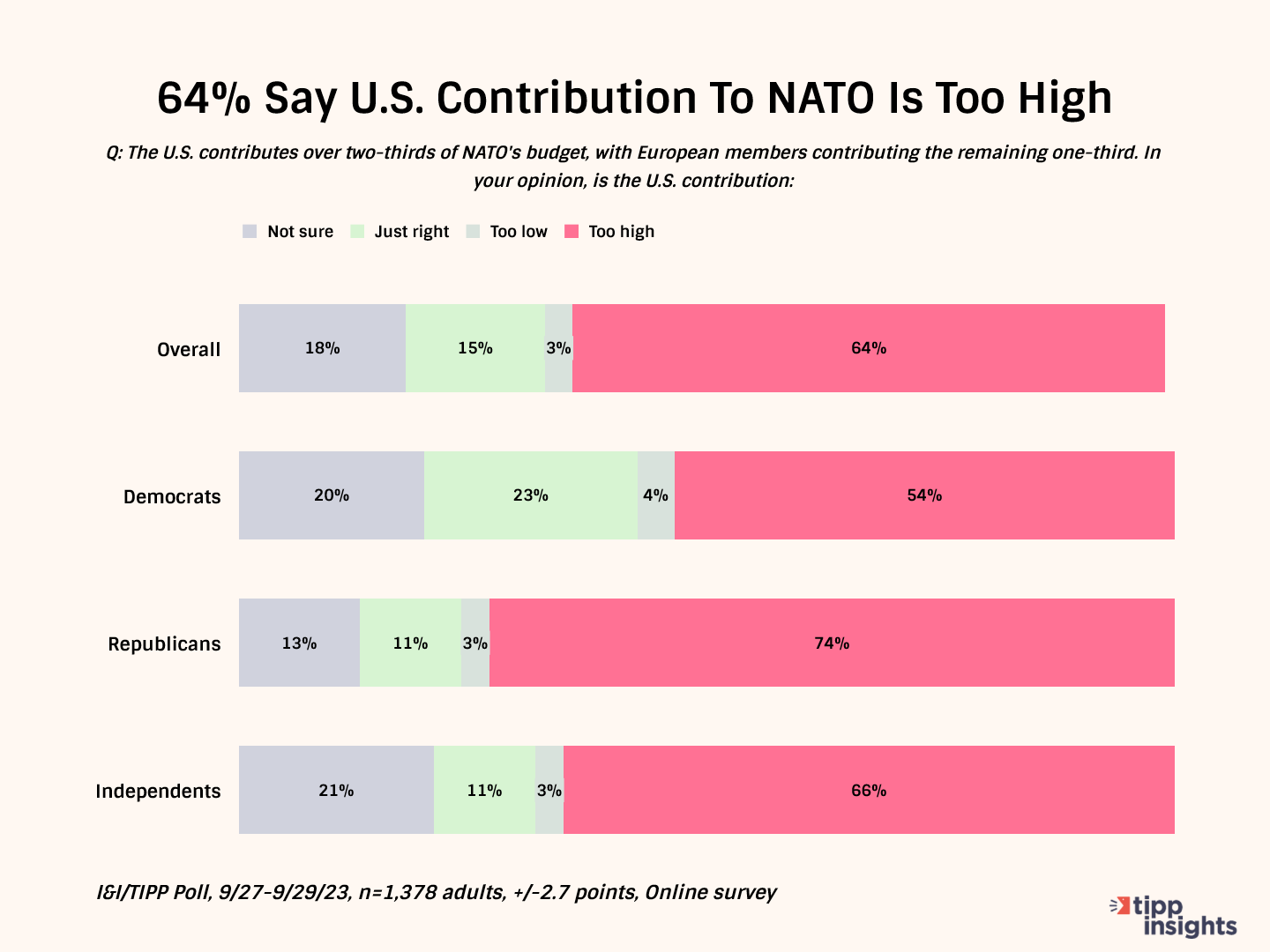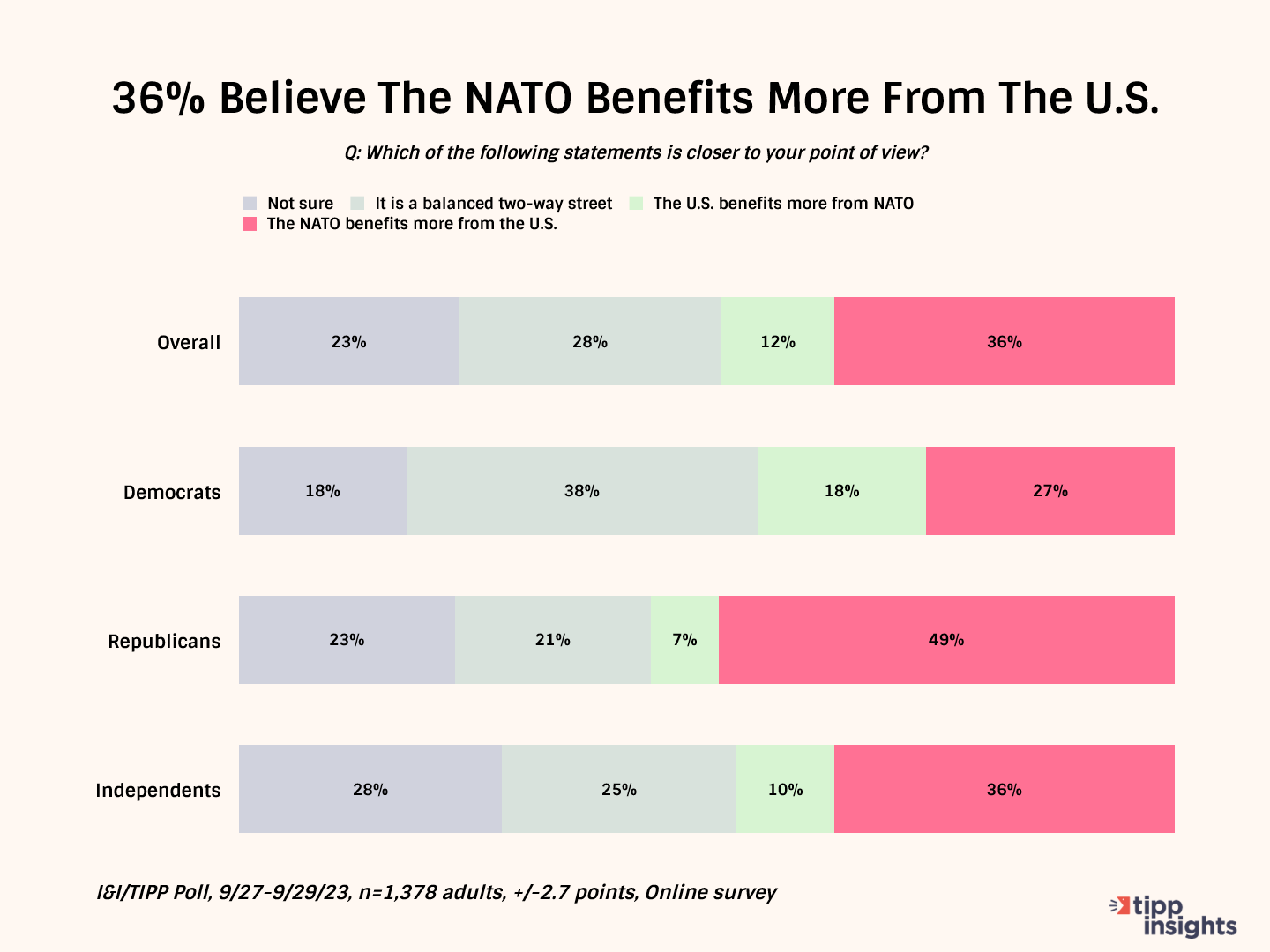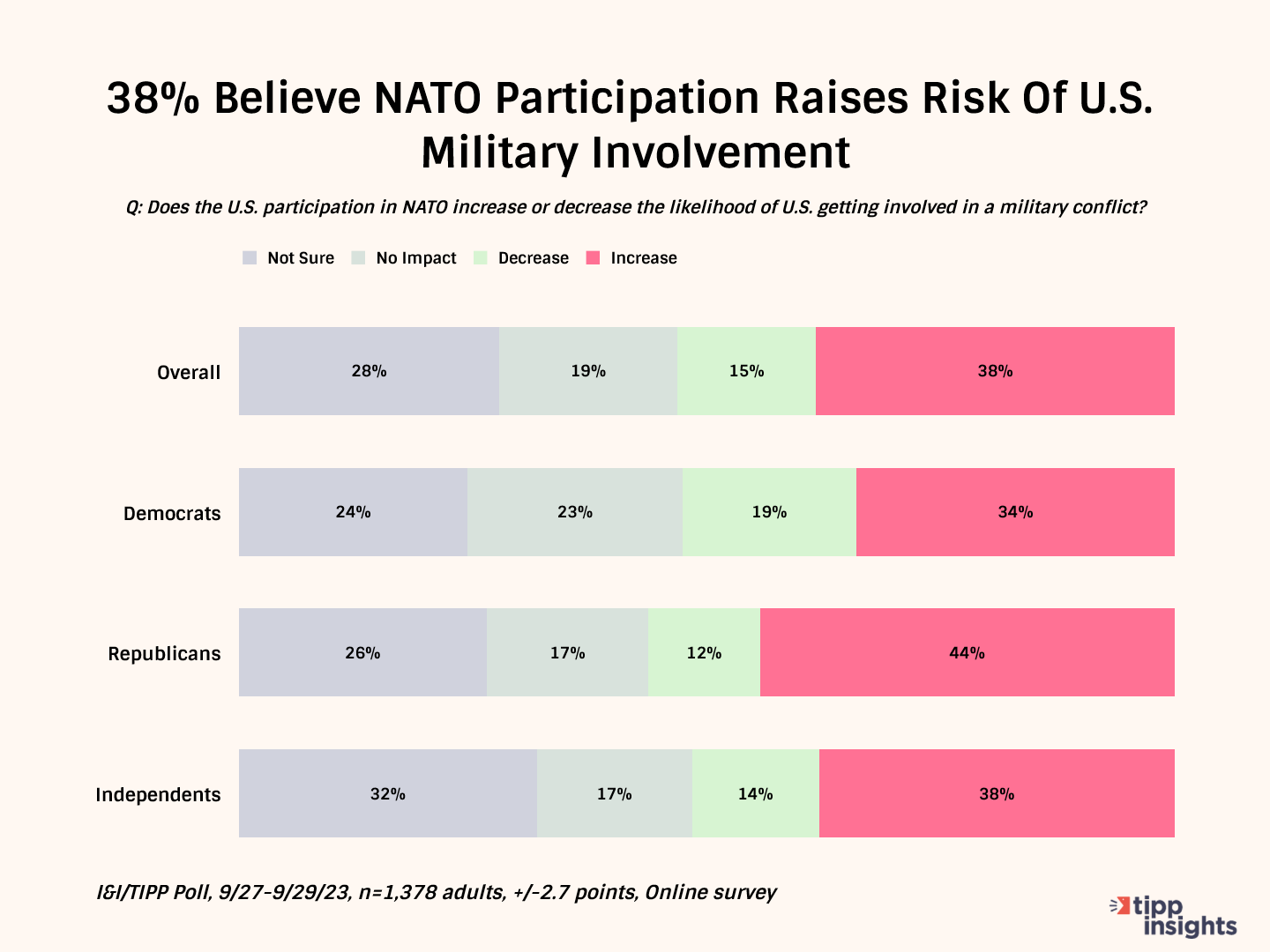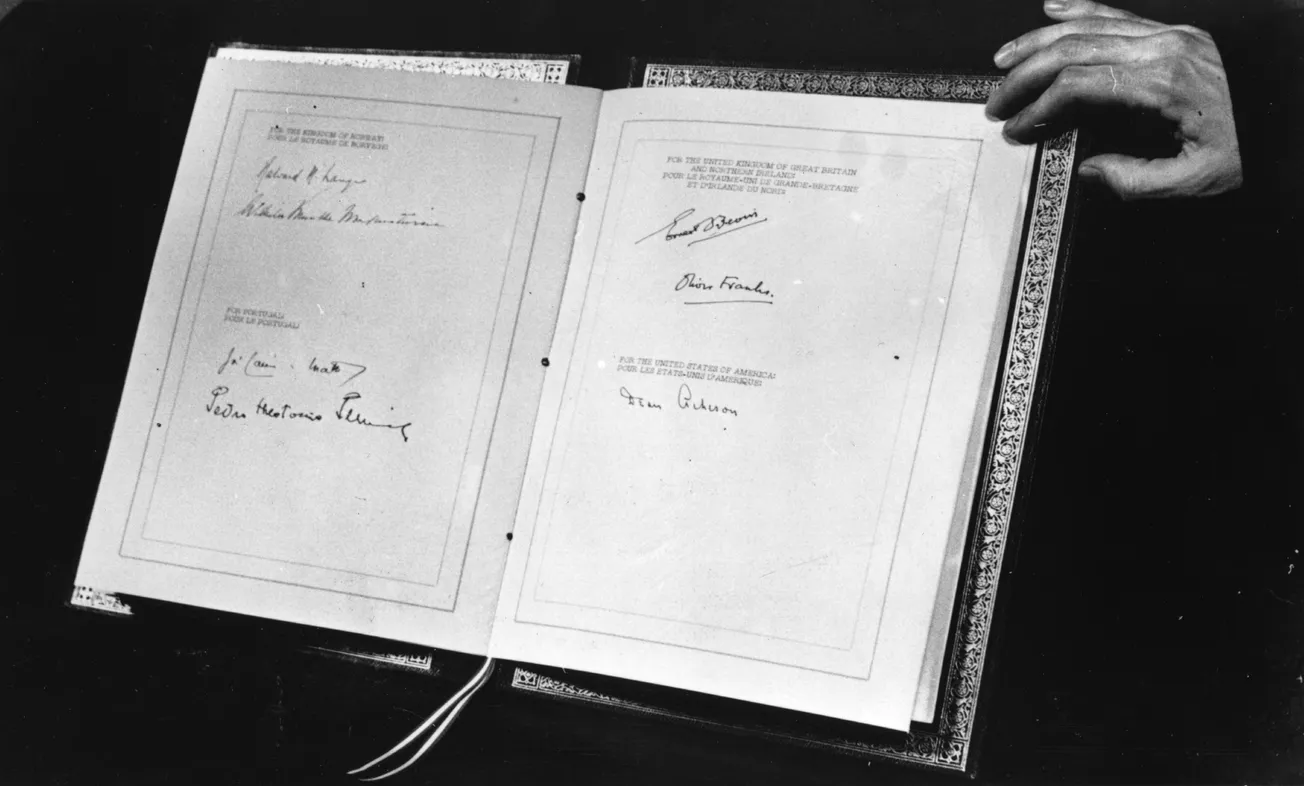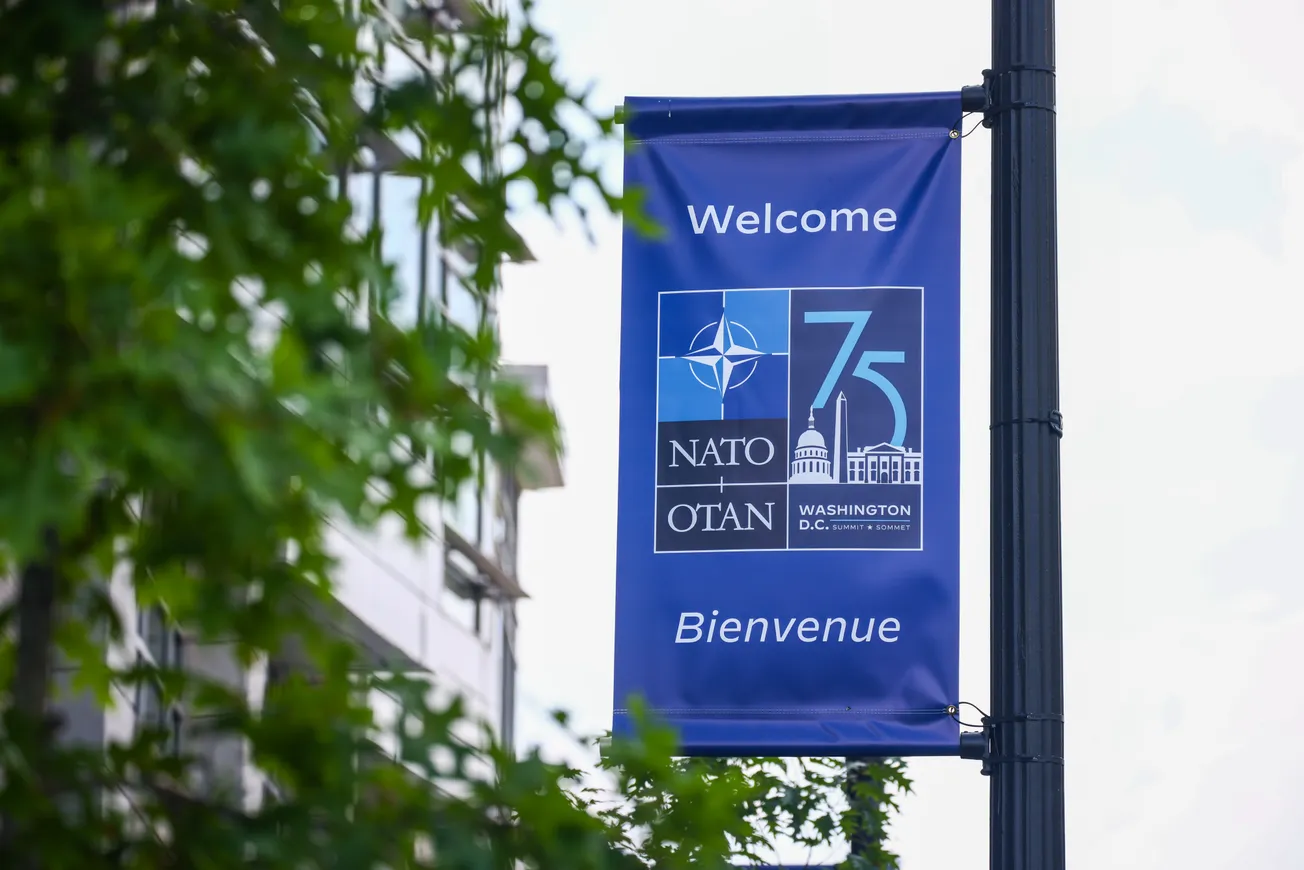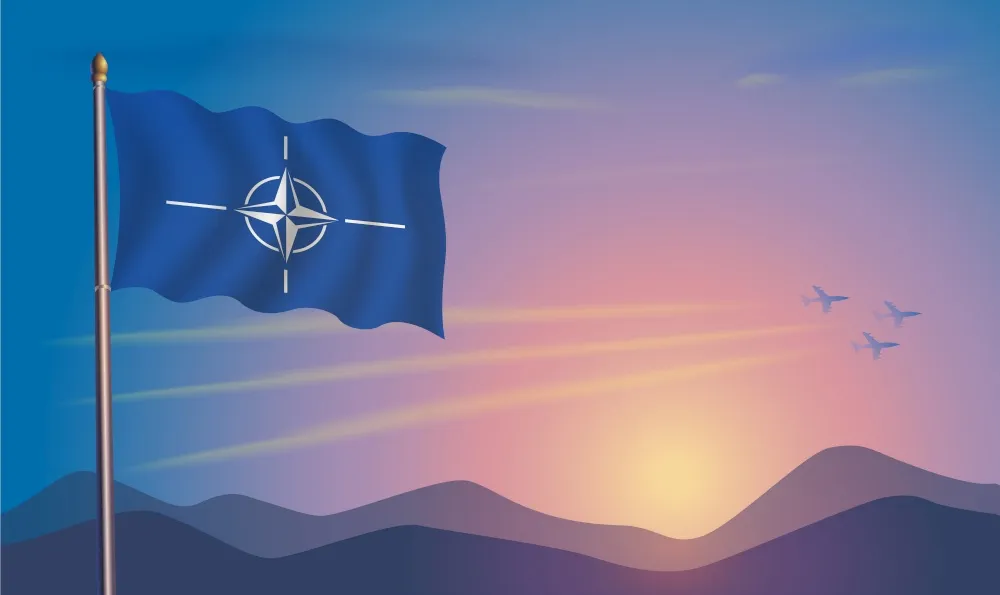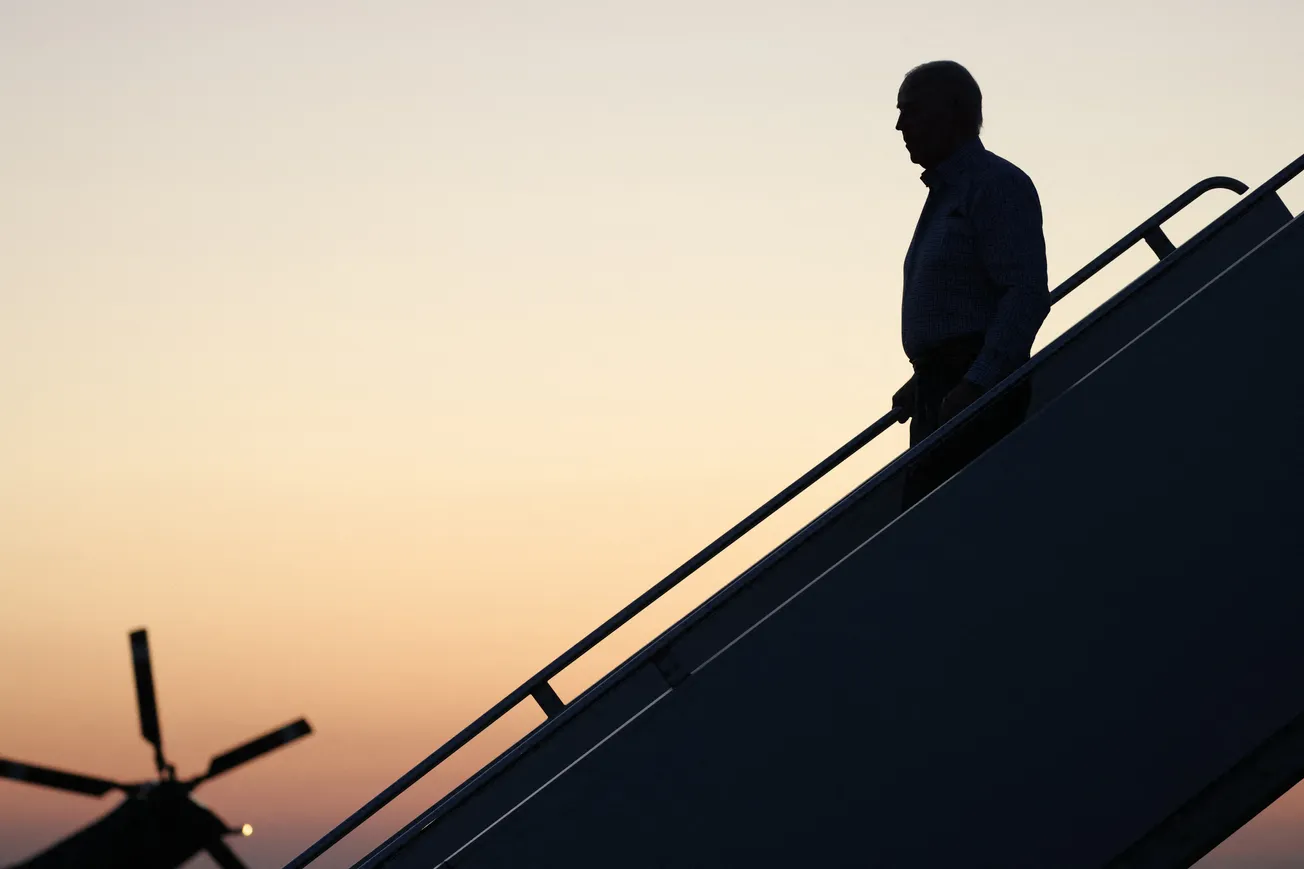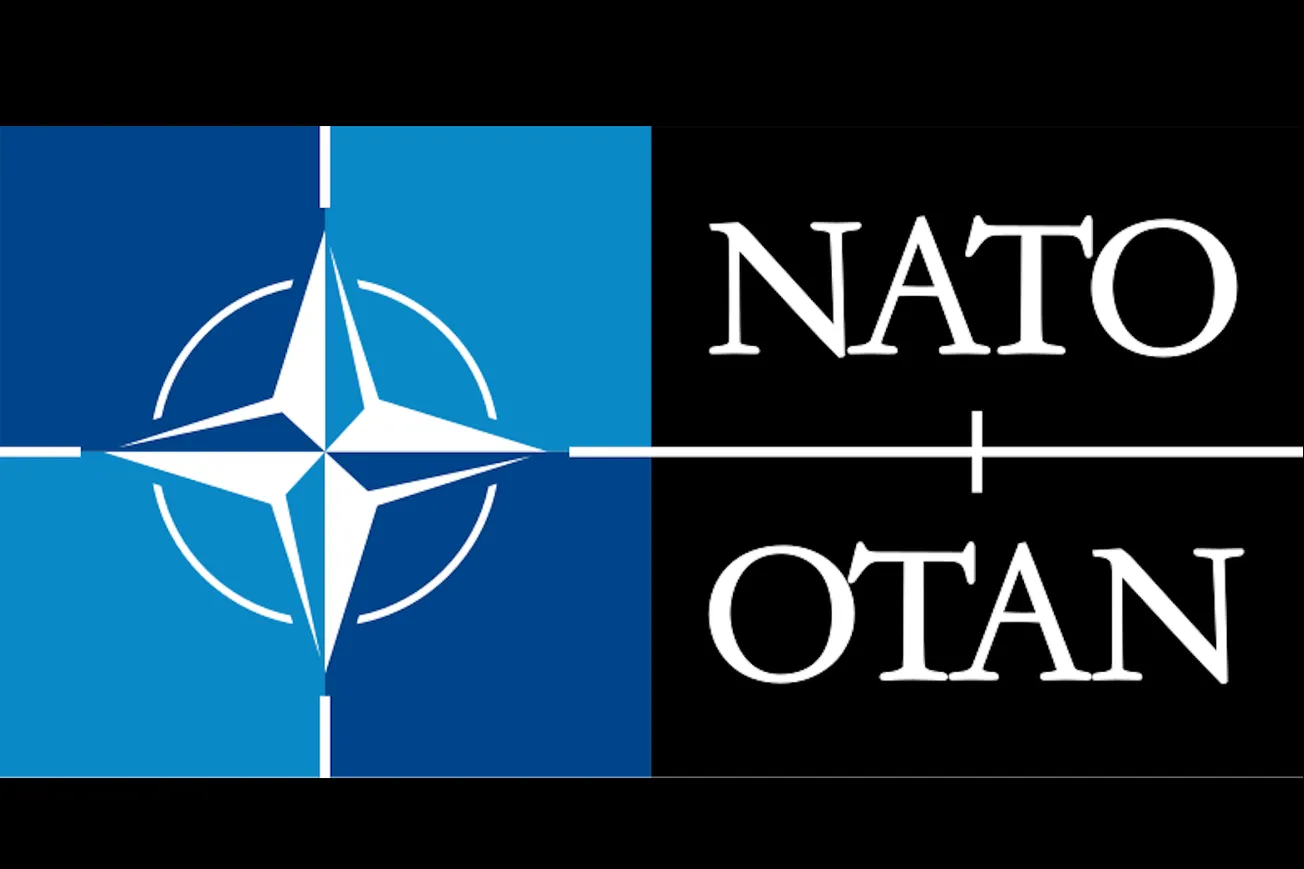On 4 April 2024, NATO celebrated 75 years of "collective defense." After three-quarters of a century in existence and as a war rages in Europe—funded, supported, and steered by NATO members—it is opportune to question what the U.S.-backed Western alliance is "defending" these days.
A post-World War II "peacetime alliance," the military bloc was created to promote peace and "provide collective security against the Soviet Union." Decades later, the USSR ceased to exist, but NATO grew from a dozen members to thirty-two. Lured by the prospect of "collective defense and deterrence," enshrined by Article V of the NATO charter, countries as diverse as Germany, Turkey, Albania, and now Sweden have signed on. The diversity has often led to dissonance. As all decisions must be unanimous, reaching a consensus often entails lengthy details and backdoor sops to achieve the West's goals.
NATO's expansionist agenda has often endangered peace and stability more than preserving it. The ongoing Russian invasion of Ukraine is a direct result of Washington's efforts to bring Kyiv into the Western fold. Back in 1949, when the U.S. Senate voted on the NATO treaty, Sen. Robert Taft warned:
If we undertake to arm all the nations around Russia…and Russia sees itself ringed about gradually by so-called defensive arms from Norway and Denmark to Turkey and Greece, it may form a different opinion. (...)It may decide that the arming of Western Europe, regardless of its present purpose, looks to an attack upon Russia.
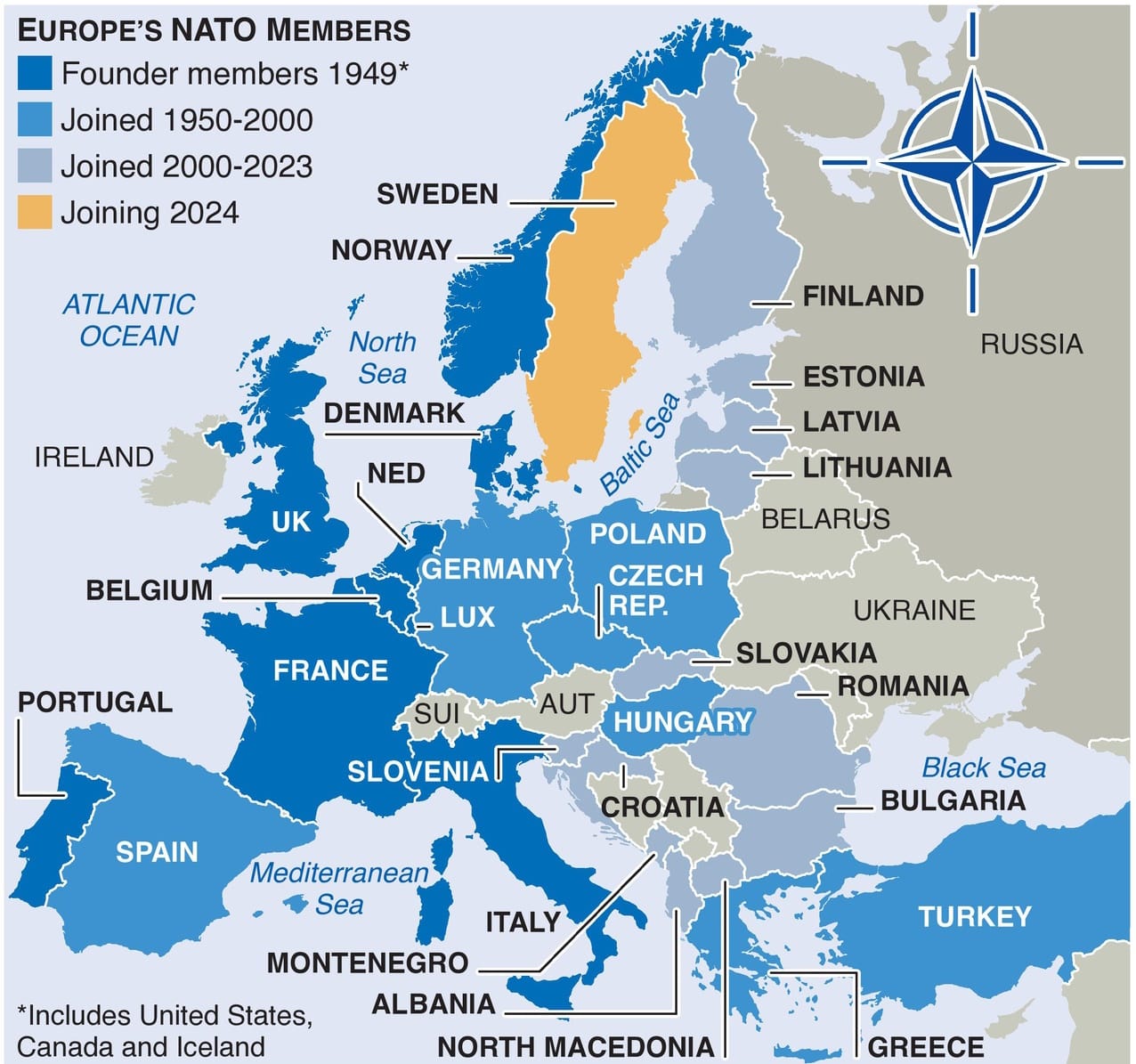
Decades later, the U.S. finally crossed the red line in Moscow's view, and Russia invaded Ukraine. Instead of brokering peace or gunning for a ceasefire, NATO, led by Washington, stepped up to offer tanks, ammunition, fighter jets, training, and whatnot. Two years on, the unsubstantiated notion that Russia may be planning to attack a NATO member has kept the war going.
President Biden's "as long it takes" war strategy will likely put America into further debt. Even before the war broke out, former President Trump strongly criticized NATO members for not footing the bill during his term. About a dozen member countries have met the stipulated commitment of 2 percent of their GDP on defense.
Before him, President Barack Obama's defense secretary, Robert Gates, admonished, "NATO's serious capability gaps … the military—and political—necessity of fixing these shortcomings if the transatlantic security alliance is going to be viable going forward; and more broadly, the growing difficulty for the U.S. to sustain current support for NATO if the American taxpayer continues to carry most of the burden in the alliance."
It can be safely argued that NATO survived despite such problems thanks mainly to the military industrial complex. When "global communism" ceased to be a threat, NATO re-imagined itself as a protector of democracy and human rights.
History shows that the military alliance's efforts to promote democracy and restore human rights have led to chaos rather than order. NATO's aerial bombing of Yugoslavia resulted in death and destruction at the turn of the millennia. The bloc's efforts to overthrow the Gaddafi government in Libya led to civil war, terrorism, and poverty. And, despite two decades in Afghanistan, the alliance "was not able to ensure that a self-sustaining Afghanistan could prevail and prevent the return of the Taliban to power."
The 32-member behemoth, with ever-expanding borders and a stated goal of building "trust and, in the long run, prevent conflict," seems to be sticking to its playbook despite its shoddy success rate.
China is the emerging 'enemy' – the threat to democracy and peace. Rattled by Beijing's aggression, Asian countries have been forging military alliances led by Washington, the de facto head of NATO. Leaders of Australia, Japan, South Korea, and New Zealand have attended the military bloc's summits for the past two years. Further, plans were floated to open a NATO liaison office in Tokyo, Japan. The new outpost was meant to deepen cooperation with Asia-Pacific partners.
It is safe to say that, like Moscow, any expansionist move by NATO into Beijing's backyard will be perceived as a threat. With Taiwan already a flashpoint, it would be unwise to provoke a country with the world's largest army and navy and close to 500 nuclear warheads.
But, the perception of threat is what keeps NATO growing. The military alliance's very existence depends on conflict and disharmony, not brokering peace.
Related: American Public Opinion
